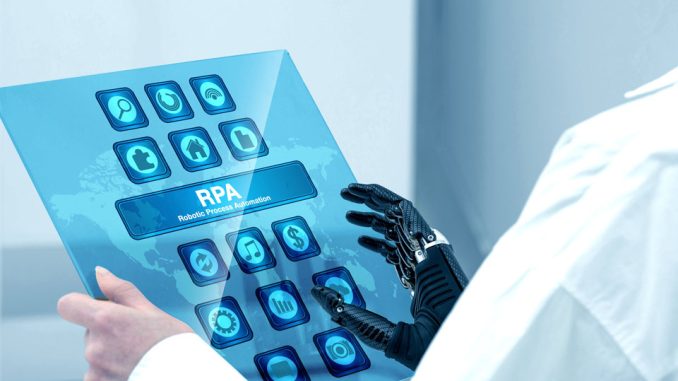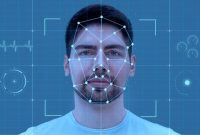
The healthcare industry is a big part of a country’s business in terms of health, income, and jobs. A study says that the need for health workers is growing because of more new and changing diseases. This varies because people are getting older and the population is growing.
The demand will grow, but the supply won’t keep up. This means that people who need medical help right away might risk their lives while waiting days to see an expert doctor. This is what made robots for health care possible.
How is chatbot technology changing the healthcare industry?
Because there aren’t as many doctors and nurses as there used to be, the healthcare industry is turning to medical robots to act as virtual medical aides who can understand patients’ problems, find the right answers, and take some of the pressure off doctors who have to deal with long waiting lines.
So, doctors can spend more time helping people who need it instead of figuring out what’s wrong with healthy people who come to the hospital with false beliefs about their health and general health problems. People used to think that healthcare robots were just a trend that would go away in a few years.
Still, the number of ways they can be used has grown, and now every company uses its power to solve its problems. Microsoft got to the top of the healthcare business by offering a service in 2019 that gave companies the tools they needed to build their health bots. The help of robots, this made routine jobs a lot easier.
Reports and Facts on Robots’ growing fame
- With a compound annual increase rate of 24.3%, the market for chatbots will hit $1.25 billion by 2025. Every company wants to digitize and improve its operations and processes.
- Facebook asked Nielsen to do a study, which found that 56% of people prefer message bots to human customer service reps.
- Chatbot technology is becoming more popular in all big industries, such as retail, auto, food, and healthcare, which are all going towards digitization. People are worried about getting sick from face-to-face contact, so the pandemic has sped up the growth of robot technology in healthcare.
Chatbots in Healthcare: Some Examples
About 40% of poor people don’t show up for colonoscopies, so Northwell Health created a medical app to remember patients and raise awareness. Northwell reviews how helpful the robot is by saying it can encourage patients by addressing their questions and concerns about the exam and giving them information in a responsive, conversational way over email or text.
A virtual nurse bot named Molly helps patients keep track of their treatment plans and medical information. Patients’ everyday information and vital signs are also saved, and if there are any health risks to the patient, the doctor is informed. It sends helpful ideas and steps for taking care of people with cancer.
More than helping cancer patients, it helps their family and friends by telling them what to say to their sick friends and how to cheer them up. Companies should offer robot services as part of their insurance plans for workers so that they don’t have to go to the doctor when they don’t need to. This method saves time and money and takes less work from the workers.
Uses of medical robots
Medical issues can’t wait; take care of problems right away.
When your neighbor who lives alone has serious symptoms and needs basic care, but neither of you understands which doctor to take them to, you can use a robot like Gyant to gather the signs and then send them to a doctor. Then you can talk to the doctor right away.
Improved speed and data storage
The robots record the patient’s information, medical state, and treatments. This makes it easier for doctors to look up information in the future and makes their work easier. These records make making quick diagnoses and keeping track of medicines easier. Also, robots help people make meetings with their doctors, which saves them a lot of time and effort.
Chatbots make healthcare workers more efficient by acting as virtual nurses, helping with medicine control, and giving viewers to their websites answers to their questions. The data that chatbots keep can be looked at and used to make predictions of patients’ health and mental health, as well as the future of chatbots in the medical sector.
Virtual nurses can send reminders.
The robots tell people to take the right medicine at the right time. They don’t always talk to the patients, but when it comes to children and the old, they talk to the people who care for them. Older people need to go to hospitals often. Even in this case, robots can help if it’s a first treatment or advice.
Adding robot technology to daily appointments and keeping patient records that include the doctor’s comments after every visit is a big step forward in this business.
Employee Registration
As the need for healthcare workers grows, companies hire many people for different jobs. This is a hard job for HR, and they won’t be able to work on other employee-related plans. To make HR work more efficiently, robots can do the paperwork for new hires and get work from them. It can be a great partner for work in the HR field. Using robots makes the company look better in the eyes of job seekers in the labor market.
Conclusion
In the nursing field, chatbots are still in their early stages. The full benefits of the technology won’t be seen for a few more years. Chatbots for healthcare might get more attention if more studies and tests are done. With the assistance of AI-powered apps, this is a revolutionary step that opens the door to new ways to treat people and discover new things.






Leave a Reply